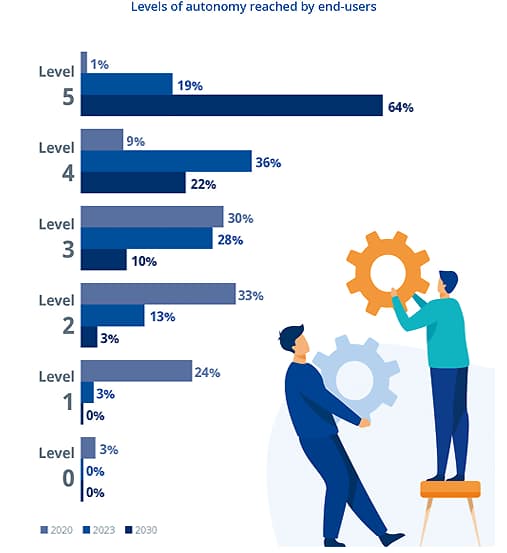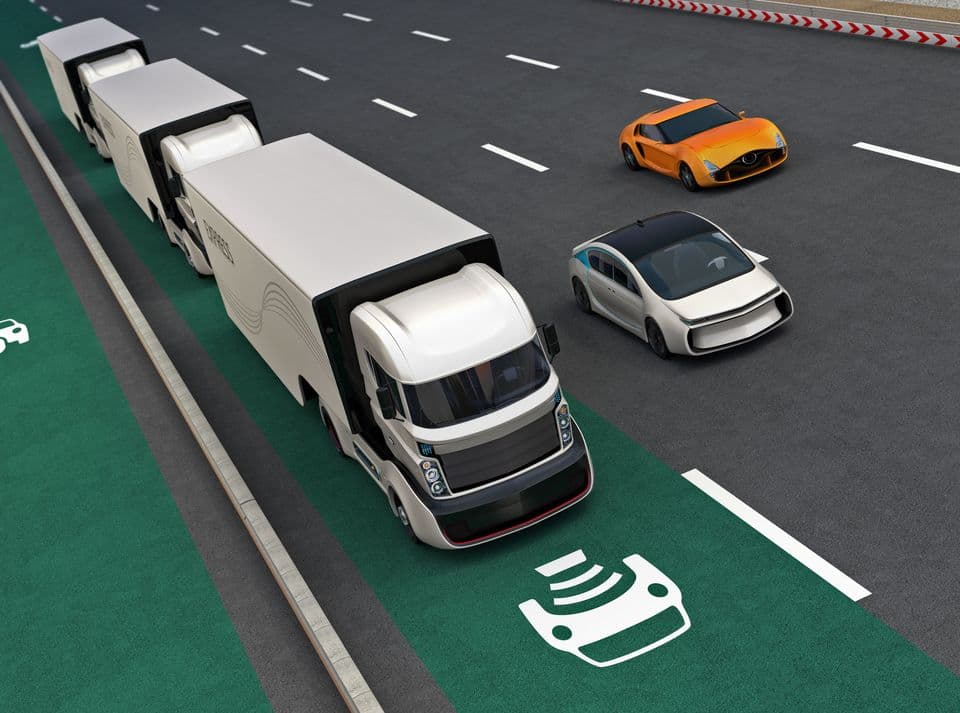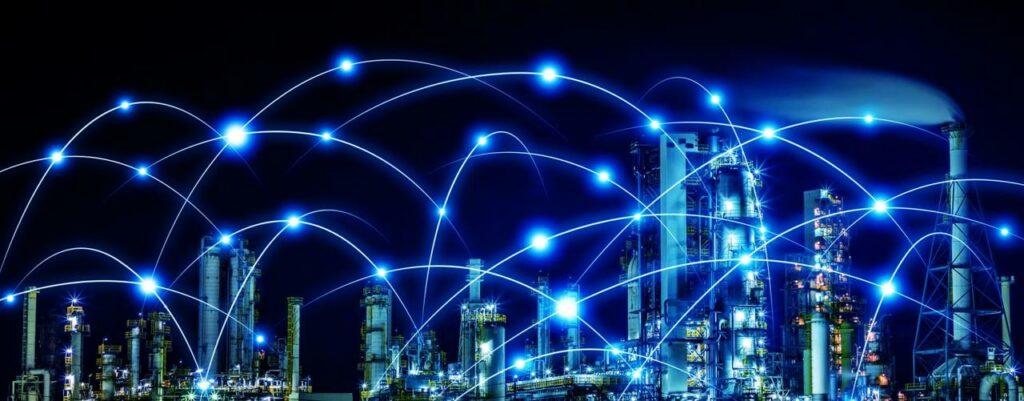The Energy industries like power or oil & gas face existential challenges related to the Paris sustainable development goals. Particular challenges are climate change and energy transition. What do we need to address this challenge? How can the autonomous operation be helpful? A comprehensive response is required from all stakeholders.
New technologies like cloud computing, big data, IIoT, and AI can help. Are you already deploying these technologies? It is no secret: The plants and companies that apply these technologies the most effectively are most likely to survive. If you transform your operations slowly using these technologies, you might get left behind.
What is autonomous operation?

Nowadays, we talk a lot about autonomous operation or industrial autonomy. But why are autonomous operations so important? The ultimate goal of automation is autonomous operation. Autonomous operation requires plants that operate without human intervention. They continuously adapt to changes in their environment. Some plants such as air separation units are closer to this than more complex plants such as oil refineries.
The priority of autonomous operations is to use the latest information technologies. With these, they are able to produce fuels and chemicals with no safety incidents and net-zero emissions. Applying the latest technology is also critical to attracting the best engineers to the industry. At the same time, you need to adapt to the challenges the industry faces while maintaining profitability.
The history of automation
Since the introduction of digital control systems in the 1970s, automation has progressed continuously. However, the nature of the industry is conservative. The process industry is not famous for being a disruptive industry. So progress has been slow. Many of the standard information technologies used by the industry today have only improved incrementally in the last few decades. Linear programs, process simulation, multivariable predictive control, and regulatory control have progressed. But there have been few if any, truly innovative optimization or automation solutions widely applied in the last couple of decades.
In the last couple of years, many oil and gas companies have noticed the success of technology companies in developing and applying technology to create value from data. The most progressive companies are actively aiming to transfer the latest cloud, big data, and AI technologies to all aspects of their business including optimizing and automating their operations. In most cases, they are proceeding with proof of value and pilot projects.
Use design thinking
A good approach to applying these technologies is to use design thinking or similar user-centric approaches. These start by understanding the challenges and opportunities associated with the existing work process of the users.
Many of these challenges are related to the traditional optimization and automation applications which are difficult to use and maintain. Further, they are poorly integrated requiring much more effort than should be needed. How can you improve this? Use the latest AI technologies to improve these traditional technologies by making them more data-driven
Autonomous plants
Autonomous plants must react more quickly to their environment including the market and value chain. Making planning and scheduling decisions in near real-time can reduce risk and uncertainty. As a result, it increases profitability dramatically.
Semantic web technologies such as knowledge graphs are making data machine-readable and integrating data silos. Google uses knowledge graphs to manage the world wide web and improve its search applications. This technology is now being applied to enterprise knowledge management and it key to reducing the data and organizational silos. It can enable visualization and optimization across the entire value chain. It can add structure to unstructured data in spreadsheets and documents. It is key to supporting the use of natural language processing and other AI to add meaning to data.
Machine learning and autonomous operation
Machine learning and first-principles models can be used to reconcile plant data and compare actual with planned operations. This is currently typically done a few weeks after the end of each month. It is a manual process and it is often not done rigorously. By comparing data between facilities and over a large period of time, it is possible to automate the identification and prioritization of profit improvement opportunities.
It is not possible for humans to process the huge amounts of supply chain and plant data that are collected every minute. However, machine learning models can be built to identify patterns and anomalies in the data and alert users. Knowledge graphs can then be used to propose the likely causes of the anomalies and to recommend corrective actions.
Autonomous operation requires the novel combination of a number of mature and novel technologies including:
- Rigorous simulation
- Multivariable predictive control
- Modular procedure automation
- Knowledge graphs
- Machine learning and
- Symbolic AI
Initially, these technologies will complement the operations team but in the future. Increasingly autonomous operations will be possible.
Cloud computing and autonomous operation
In order to achieve this, it is likely that cognitive autonomous operations will require the use of cloud computing to process vast amounts of data in near real-time. The data is coming from IIoT devices using on-line first principles models and the latest artificial intelligence. The Cloud also allows the aggregation of data from multiple plants to support value chain optimization. It analyzes equipment and plant performance and connects the right expertise to troubleshoot problems.
It is an exciting time in our industry with huge challenges related to the sustainable development goals and energy transition but also huge opportunities from the latest cloud computing, big data, IIoT, and AI technologies.




